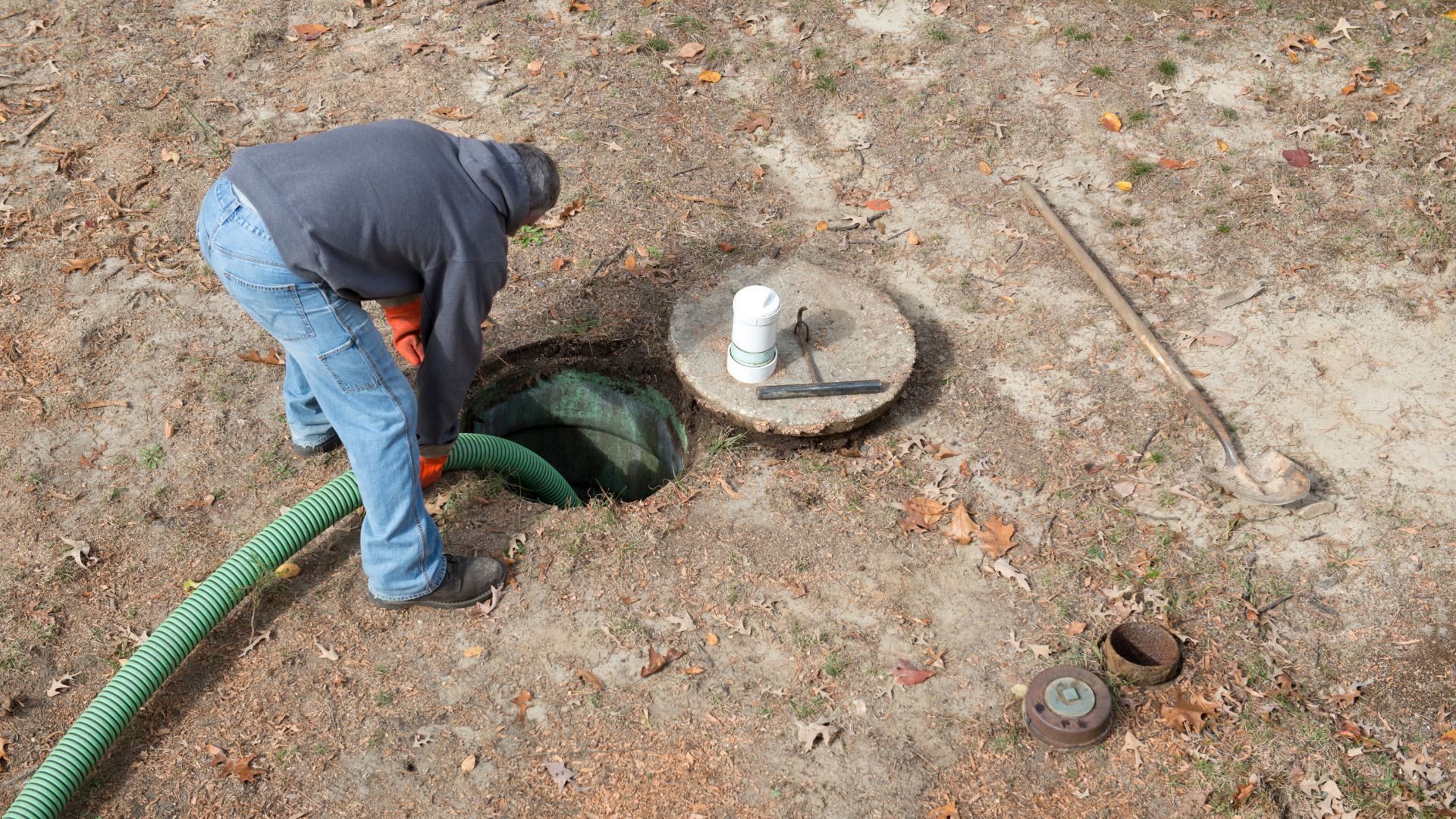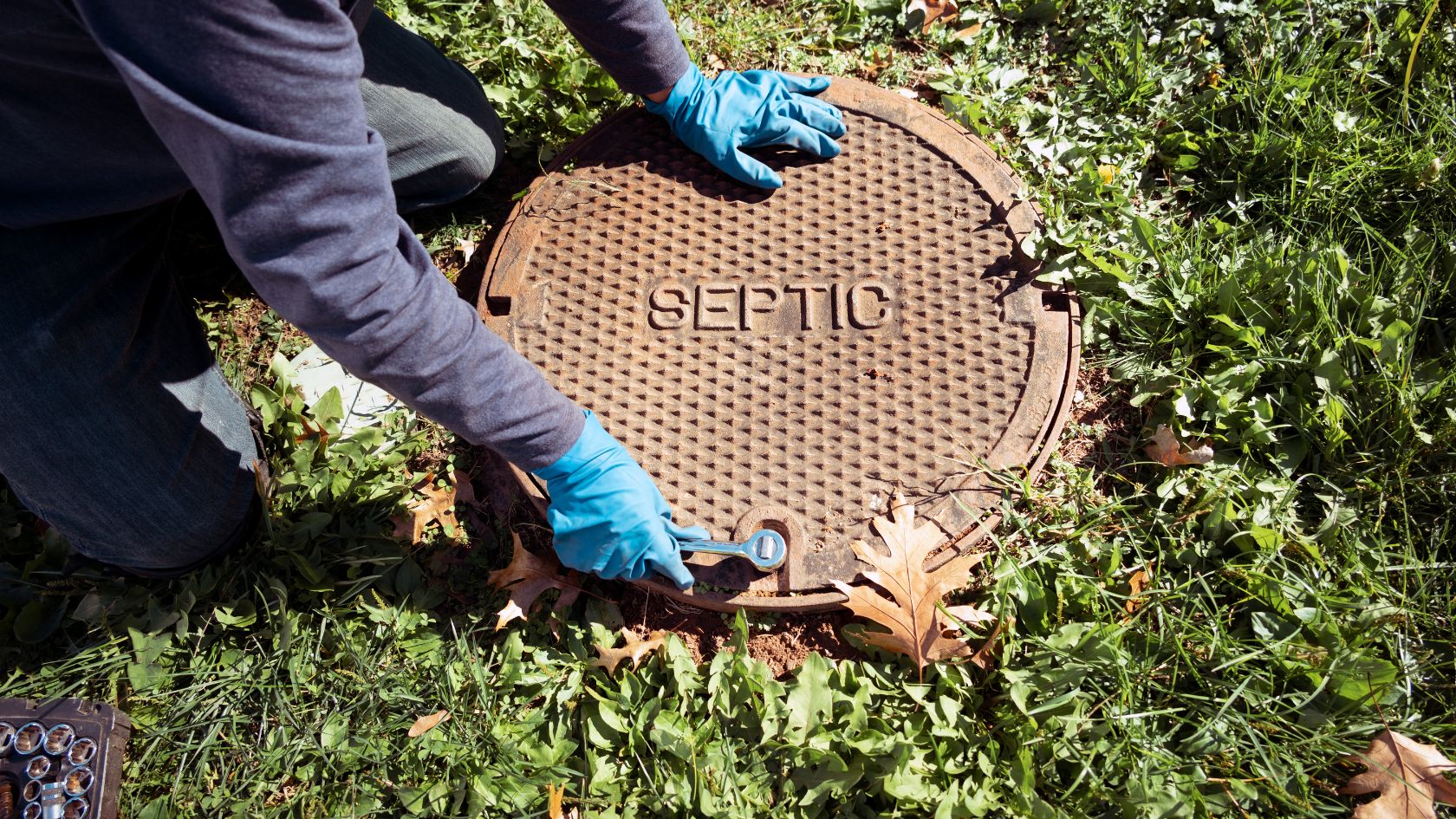
Septic tank installation is a crucial process that requires careful planning and execution. Whether building a new home or replacing an old septic system, it’s important to ensure the installation is done correctly to avoid future problems. In this blog, we will cover everything you need to know about the septic tank installation process. From researching and obtaining permits to hiring professionals and digging trenches, we’ll provide you with detailed information every step of the way. By the end of this article, you’ll have a clear understanding of the entire process and be better equipped to make informed decisions about your septic system installation needs.
Steps Involved in the Septic Tank Installation Process
Septic tank installation is crucial to building a functional and efficient septic system for residential or commercial properties. Proper installation ensures the effective treatment and disposal of wastewater, protecting the environment and the health of individuals. The septic tank installation includes:
Site Evaluation and Permits
For a proper septic tank installation, a thorough site evaluation is crucial. Factors like soil type, groundwater levels, and water body proximity are considered. Adhering to local codes and obtaining permits is also vital for lawful installation.
Design and Sizing
After the site evaluation, the septic tank system is designed and sized based on factors such as property size, water usage, soil conditions, and number of occupants. Consulting a professional engineer or licensed septic system designer can help determine the optimal septic tank size.
Excavation and Tank Placement
To begin excavation for a septic tank, dig a hole at the designated location that is appropriately sized and distanced from any surrounding buildings, property lines, or underground utilities. Once complete, carefully place and level the septic tank.
Installation of Inlet and Outlet Pipes
Efficient wastewater flow in septic tanks depends on installing proper inlet and outlet pipes. The inlet pipe carries waste, while the outlet pipe allows treated effluent to enter the drain field. Correct positioning, slope, and alignment are crucial during installation.
Backfilling and Compaction
When connecting the pipes securely, ensure the septic tank is not damaged while backfilling the soil around it. Compacting the soil correctly in layers is essential to prevent the tank from settling or collapsing.
Installation of Venting and Access Structures
To prevent pressure buildup, septic tanks have vent pipes installed. Proper placement of these pipes is crucial to avoid interference with structures. Access structures such as risers and covers are installed for easy maintenance and inspections.
Final Connections and Testing
The last step is to connect the septic tank to the property’s plumbing system by connecting the main wastewater line to the tank’s inlet pipe and testing for leaks. The tests also assess functionality, flow, and drainage.
What to Consider When Choosing a Professional Septic Tank Installer
Here are some things to consider when choosing a professional septic tank installer:
- Licenses and certifications: Ensure the company is licensed and certified by your state’s department of environmental protection. This ensures they have the necessary training and expertise to install a septic tank properly.
- Experience: Ask how long the company has been in business and how many septic tanks they have installed. A company with a long track record of success is likelier to do an excellent job on your project.
- References: Get references from past customers and call them to ask about their experience with the company. This is a great way to get firsthand accounts of the company’s work and customer service.
- Warranty: Make sure the company offers a warranty on their work. This will protect you if there are any problems with the septic tank after installation.
- Price: Get estimates from several different companies before making a decision. Finding a company that offers a fair price for its services is important.
Conclusion
In conclusion, septic tank installation is a complex process that requires professional assistance and permits. It involves researching the local regulations and hiring a licensed plumber to ensure the installation is done correctly. The method includes digging trenches for the leach field, placing and digging the septic tank pit, and connecting it to the home’s plumbing system. Septic tank installation is not something you want to DIY, as it can lead to costly mistakes in the long run. If you plan to install a septic tank or need professional assistance, contact our team of experts at Amarillo Septic Pumping Aces, who will guide you through every step.






